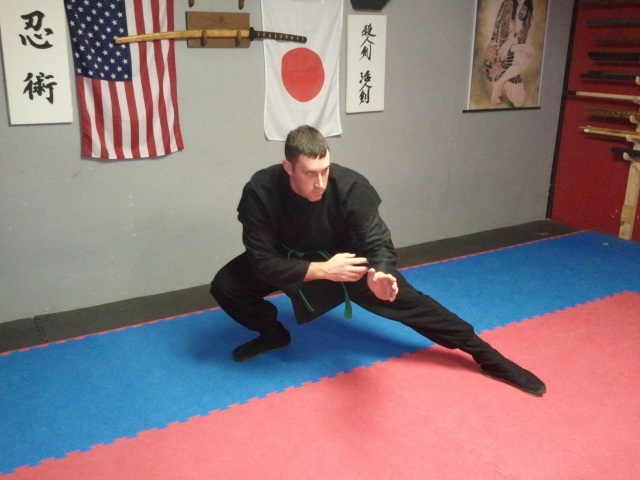As a 26-year-old U.S. Marine and a competitive empty hand forms and weapons martial artist giving full-contact kick-boxing demonstrations, Robert O’Dell was worried in the winter of 2007 when pain in his hips began to intensify and interfere with his mobility. By April of 2008, the pain was debilitating, and he had a vision of himself “in a wheelchair at 30,” he says. With a family history to alert him and then a diagnosis of bilateral, developmental acetabular dysplasia — shallow hip sockets — he feared that degenerative arthritis in his hips was around the corner, followed eventually by two total hip replacements.
Had it been just 10 years earlier, O’Dell’s vision might have come to be. Historically, hip disease in young people has been treated non-surgically as a pain issue, anticipating the progression of osteoarthritis and culminating in hip replacement. But recently, thinking about young people and hip pain has undergone a sea change. “We didn’t fully understand or know how to diagnose and treat young patients. But over the past decade we’ve developed an understanding of osteoarthritis of the hip and what leads to it. Now we know more about the anatomy of the hip and the long-term effects of mild deformities” says John C. Clohisy, MD, professor of orthopaedic surgery and director of the Center for Adolescent and Young Adult Hip Disorders.
Instead of waiting until advancing arthritis dictated hip replacements, Clohisy performed a periacetabular osteotomy on O’Dell’s left hip in July of 2009, and on the right side in January 2010. In the procedure, Clohisy essentially repositions the hip socket and commonly reshapes the femoral head (ball) to create a more stable fit. The procedure is called a Bernese periacetabular osteotomy and was introduced in the 1980’s by the Swiss surgeon Reinhold Ganz and his colleagues. The procedure is one of a growing number of “hip-preserving surgeries” pursued at the Center for Adolescent and Young Adult Hip Disorders, all designed to delay or perhaps even prevent the onset of arthritis. Clohisy and his colleagues commonly perform this operation to correct hip socket deformities.
As it was in O’Dell’s case, the most common cause of dysplasia is a developmental deformity. And while O’Dell’s high level of activity and athleticism may have called early attention to the problem, they were not causal, Clohisy says. “It was a developmental disorder, not a result of an injury or overuse ,” O’Dell explains.
Because his condition was corrected before scarring or deterioration of the joint set in, O’Dell says he got 100 percent correction on both sides. “Miracle surgery,” he calls it. He can run and has earned a score of 297 out of a possible 300 on the U.S. Army’s physical fitness evaluation. He left the Marines and is in the process of being hired by Homeland Security as a border guard, a position in which he can use his experience and restored physical abilities in service to the country.
